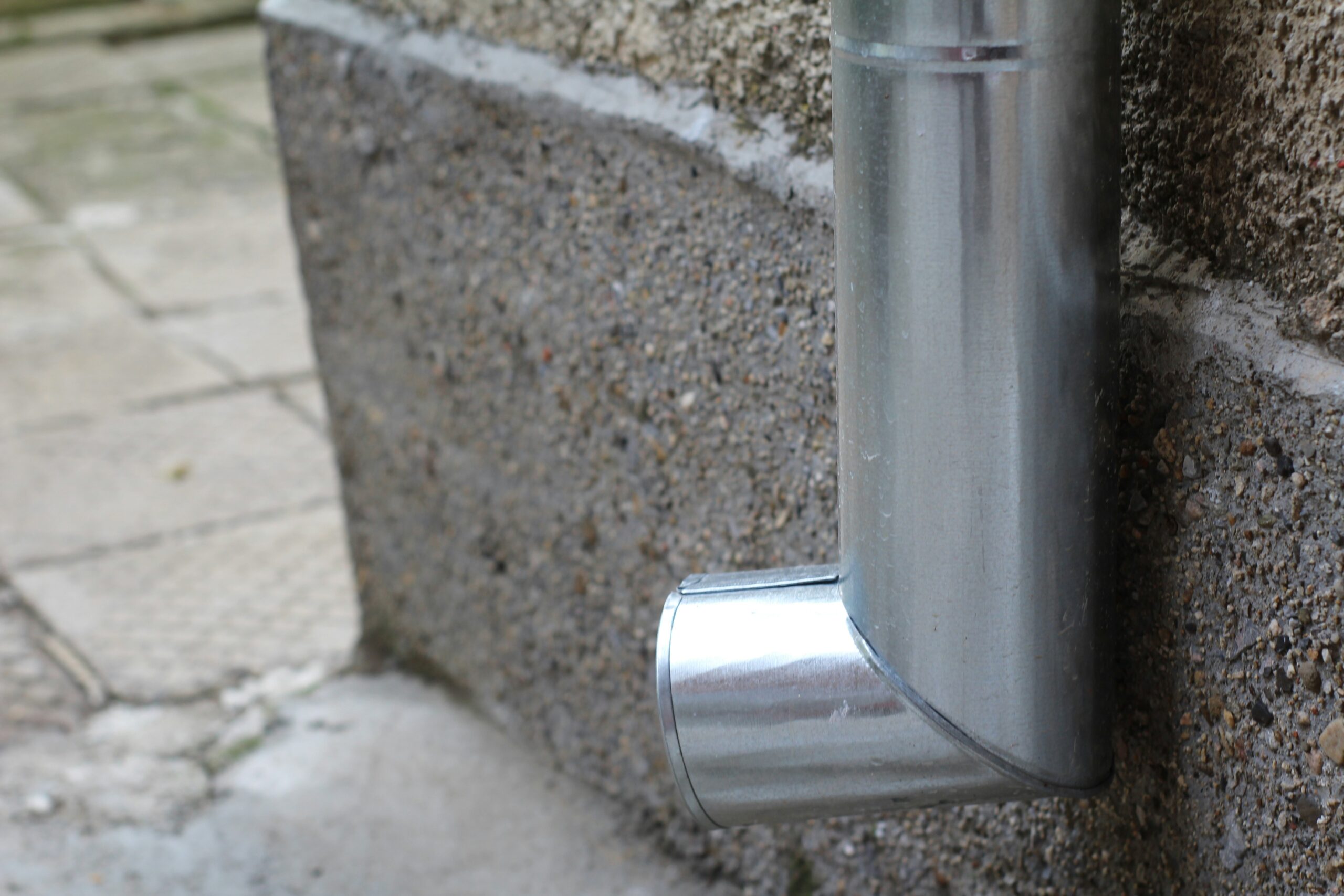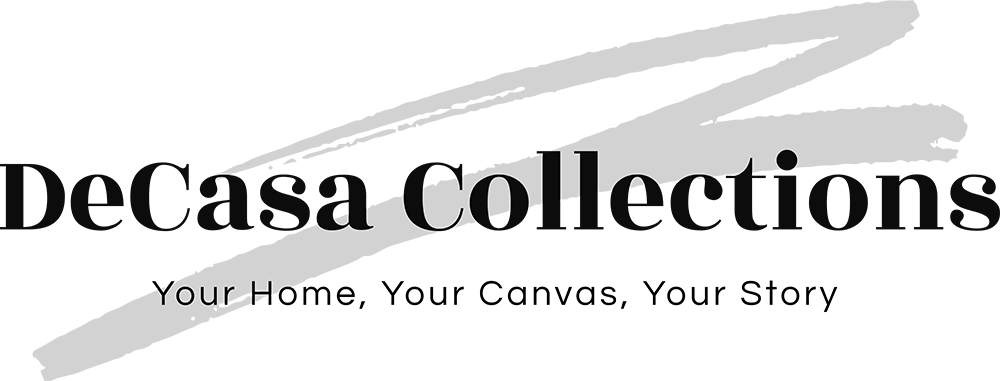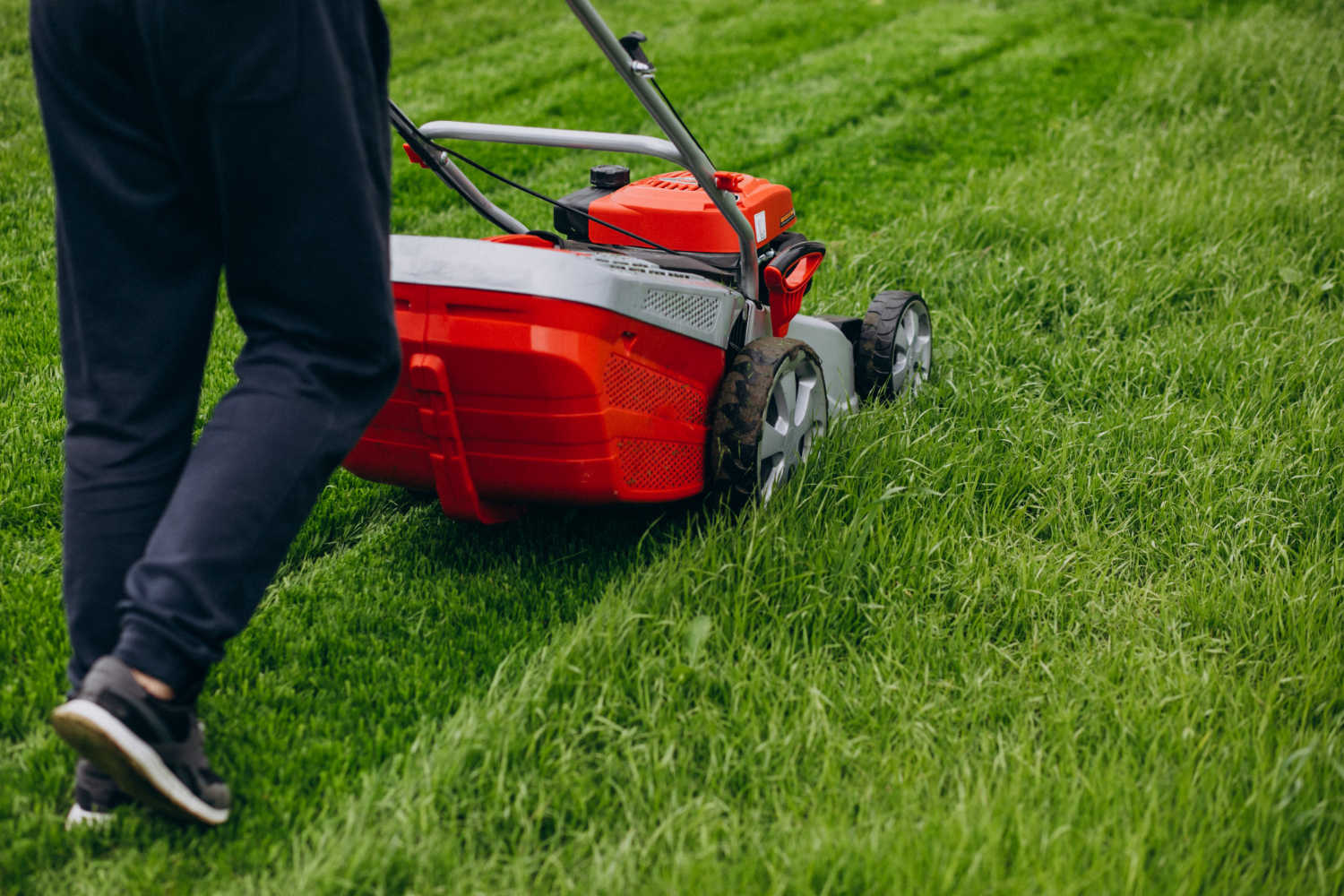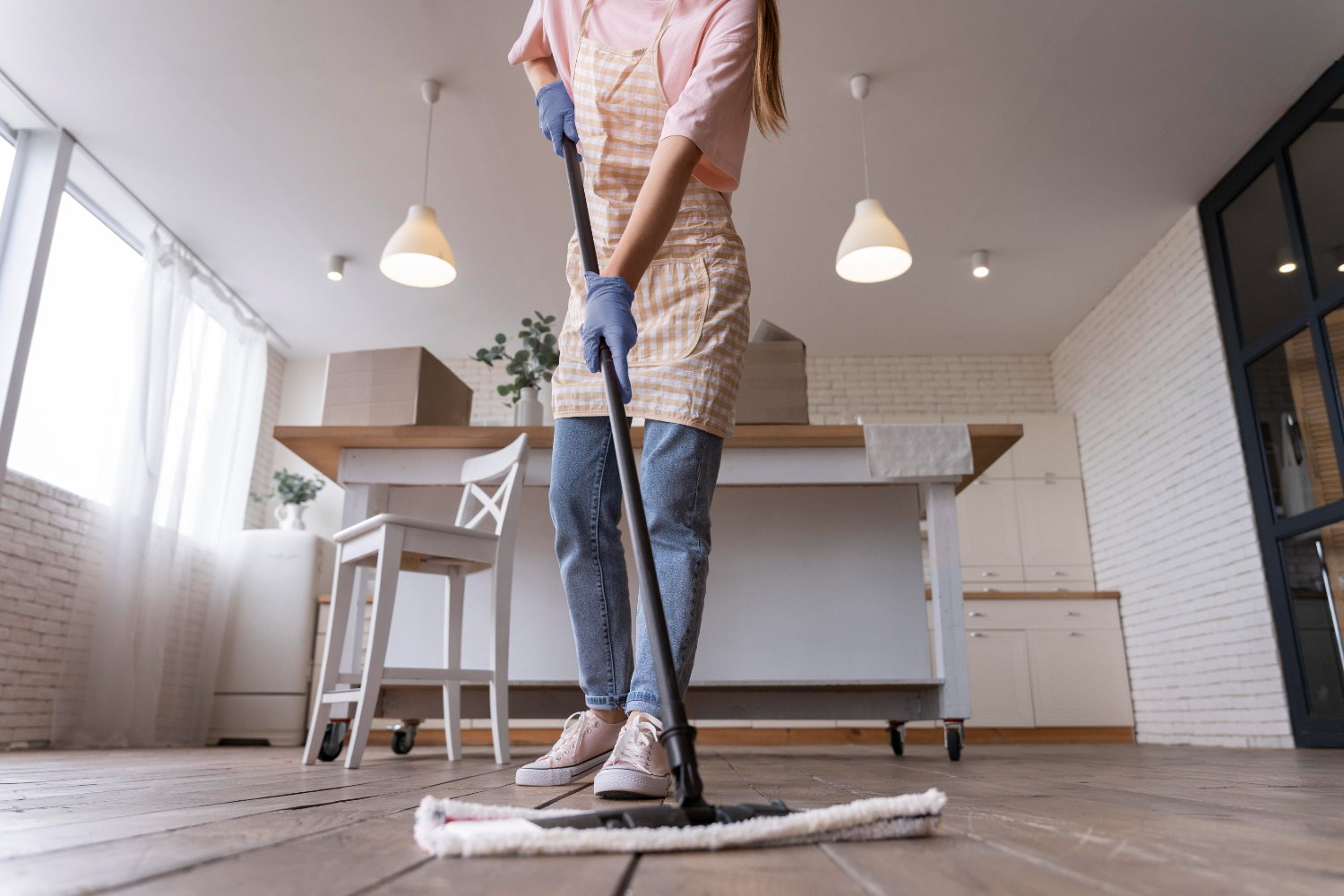Hydro Jetting vs. Snaking: Which Drain Cleaning Method Is Right for You?

When a drain begins to slow or back up completely, most homeowners want a fast, reliable solution. In such situations, professional plumbers often turn to two widely used techniques—snaking and hydro jetting. While both are designed to restore flow and eliminate blockages, each method operates differently and delivers distinct results depending on the severity and nature of the clog. Understanding the advantages and limitations of each approach can help you determine which service best fits your plumbing situation.
In particular, hydro jetting has become increasingly popular for its ability to clear even the most stubborn buildups with high-pressure water. You can learn more about how this method works and when it’s most effective by visiting our dedicated page on hydro jetting services — https://bens.plumbing/services/drain-cleaning-seattle/hydro-jetting/.
What Is Snaking?
Also referred to as drain augering, snaking involves feeding a flexible metal cable into the pipe to dislodge clogs. This tool, equipped with a rotating head or hook, physically breaks apart obstructions or retrieves debris like hair, paper, or minor buildup.
Plumbers choose snaking for accessible, localized blockages. It’s especially effective for clearing clogs in sinks, bathtubs, and toilets where the obstruction is relatively close to the fixture and not too compacted.
Benefits of Snaking
- Targeted application: Ideal for single-room issues without affecting the rest of the system.
- Lower upfront cost: Typically less expensive than hydro jetting for small jobs.
- Minimal water use: Requires no additional drainage preparation.
Despite these advantages, snaking often provides temporary relief. It punctures the blockage but doesn’t always clear pipe walls of buildup. Over time, residue left behind can cause repeat clogs in the same location.
What Is Hydro Jetting?
Hydro jetting uses a pressurized stream of water—often exceeding 3,000 PSI—to scour the inside of pipes. A specialized nozzle directs water forward and backward, cleaning the entire diameter of the pipe and flushing debris out of the system.
This method is particularly effective for severe or recurring clogs caused by grease, scale, or root infiltration. For properties with older plumbing or a history of backups, hydro jetting often delivers the deep cleaning required to restore full pipe function.
Benefits of Hydro Jetting
- Comprehensive cleaning: Removes all residue, not just the clog itself.
- Prevents future blockages: By fully clearing buildup, it restores pipe capacity and extends performance.
- Non-invasive and efficient: No need to dig or dismantle pipes.
However, hydro jetting isn’t suitable for every situation. In fragile or damaged pipes, the high-pressure water can exacerbate cracks or weak points. For this reason, plumbers typically perform a camera inspection beforehand to assess pipe condition and determine suitability.
When to Choose Each Method
|
Feature |
Snaking |
Hydro Jetting |
| Ideal for | Simple, surface-level clogs | Deep, recurring, or greasy blockages |
| Cleaning thoroughness | Breaks through, may leave residue | Scours pipe walls completely |
| System impact | Localized | Cleans entire line |
| Risk to old pipes | Minimal | Requires condition assessment |
| Duration of results | Short-term solution | Long-term performance improvement |
Determining which technique is appropriate depends on several factors, including the clog’s location, its cause, and the age of your plumbing. Below are typical scenarios for each method.
Opt for Snaking if:
- The clog is isolated to a single drain.
- There are no signs of system-wide backups.
- The pipes are old and haven’t been inspected recently.
- You’ve had recent hydro jetting, and this is a minor recurrence.
Consider Hydro Jetting if:
- Multiple drains in the home are slow or backing up.
- You notice gurgling, bubbling, or foul odors from the pipes.
- Grease, sludge, or tree roots are suspected causes.
- The home’s plumbing system needs a comprehensive refresh.
Snaking may resolve a one-time blockage, but it won’t eliminate buildup lining the pipes. Hydro jetting, by contrast, treats the entire system, making it ideal for long-term maintenance and commercial-grade cleaning. In either case, improper use—particularly with DIY tools—can damage plumbing or worsen the obstruction.
The Case for Calling a Professional
Attempting to resolve complex clogs with consumer-grade tools or household chemicals often does more harm than good. Snakes that are too rigid can crack porcelain or pierce piping. Chemical drain cleaners corrode joints and seals, weakening your plumbing over time.
Licensed professionals bring more than the right equipment—they bring experience. A plumber can identify pipe material, determine the best method, and perform the service without compromising the integrity of your system. They’ll also ensure the clog isn’t a symptom of a larger issue, such as a collapsed line or an intrusion from external sources.
Booking an expert service offers not only peace of mind but also lasting results. By resolving the problem at its source, rather than just its symptoms, professional cleaning extends the life of your plumbing and helps prevent emergency repairs down the road.
DeCasa Collections is a simple, stylish home inspiration site that helps you improve every room with smart design and easy ideas. It also highlights important topics like home heating benefits, guiding homeowners toward energy-efficient choices that make their spaces more comfortable, cost-effective, and environmentally friendly throughout the year.

















